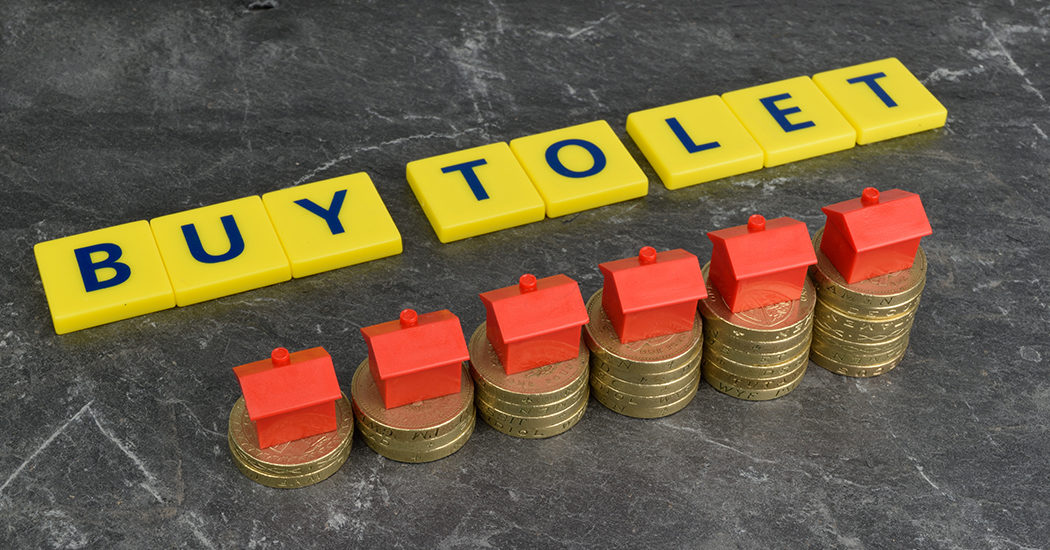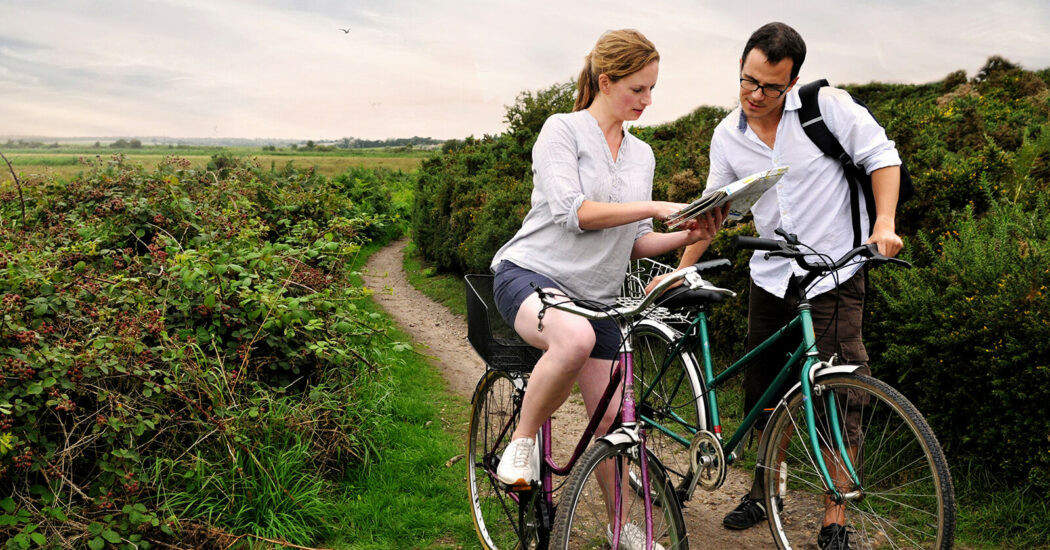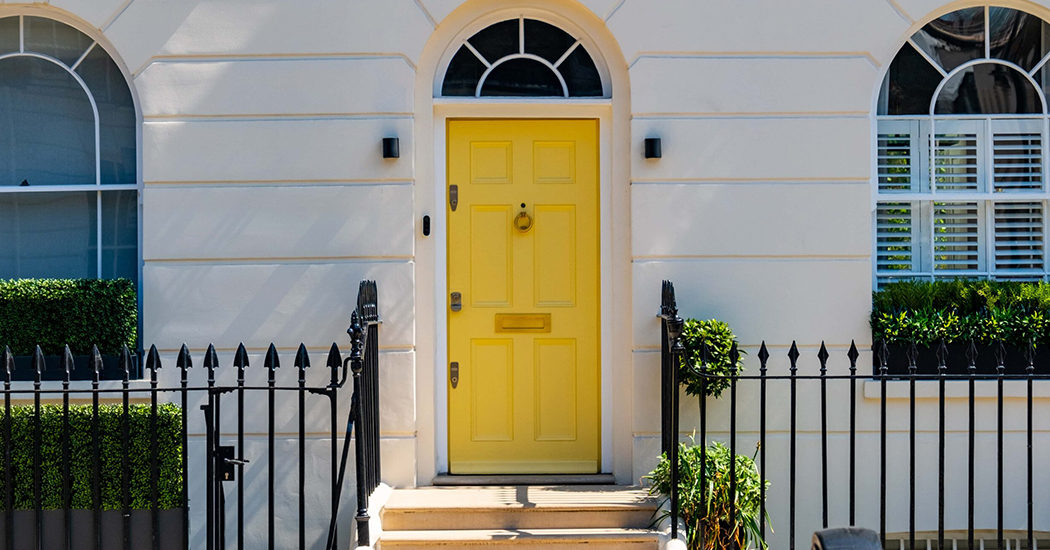A long-term venture, buy-to-let can be a minefield for new investors. Becoming a landlord can have great financial rewards, but there are many factors to be aware of. Legislation that came into effect in 2016 means there are now higher stamp duty taxes to pay on buy-to-let properties, for example. And the tax relief you can claim is less flexible than in previous years.
This doesn’t mean that there are not still rewards to be had however. With a sizeable proportion of millennials choosing to rent rather than buy, the rental marketplace is buoyant right now. If you are thinking about becoming a landlord, here are some basics you need to know.
What is buy-to-let?
A buy-to-let purchase is one where a property is bought specifically to be rented out rather than inhabited by the purchaser.
As the purchase is for a rental property rather than a residential one, it means the purchaser will need a specific buy-to-let mortgage. For this, lenders will require a different set of criteria to be satisfied.
Generally, lenders will look for the applicant to have an annual salary of at least £25,000, as well as a good credit rating. They will expect you to own your own home and have a deposit of at least 25% of the property’s value. It will also be required that the anticipated rental income be 25% higher than the mortgage repayments. This means the lender has the assurance that repayments can still be met during periods that the property is empty. For higher tax rate payers, this requirement is likely to be as high as 140%.
Why invest in property?
There are two ways to make a profit as a buy-to-let landlord. The monthly rent you receive will generate ongoing revenue, while capital gains can produce a large lump sum when you decide to sell the property. There are, of course, risks associated with both of these practices, but long-term they offer excellent money-making potential.
To negate the risks, it’s good practice to budget for your property being empty for two months of the year. This should give a buffer should the worst happen and the property is uninhabited for a prolonged period.
What costs are involved for new landlords?
As well as the initial investment, there are ongoing costs associated with letting a property. These include:
- Letting Agent fees
- Mortgage repayments
- Landlord insurance
- Annual safety checks
- Building maintenance
- Income tax
As of April last year, new measures were put in place, making it harder to claim tax relief on wear and tear repairs. Instead of claiming 10% against your tax bill, as you could previously, now only the actual costs of repairs can be claimed. From April this year, relief on mortgage interest has also been capped at the basic rate of 20%. Both of these changes may affect any profits that can be made, and should be taken into consideration if you’re contemplating investing in a buy-to-let property.
What are our top tips for new landlords?
Our blog ‘Rental property is still a good investment if you do it properly’ provides 6 golden rules to help you get the most from buy-to-let. The post itself goes into each point in more detail, but the main topics are highlighted below:
- Use a Letting Agent
- Target your tenants
- Buy the right size property
- Think about location
- Make sure your figures stack up
- Furnish your rental property
By doing your homework and thoroughly evaluating the risks involved, you may find that now is a good time to become a landlord, especially as more and more people in the UK are looking to rent rather than buy.
Need help buying a rental property in Suffolk, Cambridgeshire or Essex?
David Burr offer a bespoke service to all our landlords. To discover more about becoming a landlord and rental properties in Suffolk, Cambridgeshire and Essex, why not contact your local office or pop in and have a chat.







